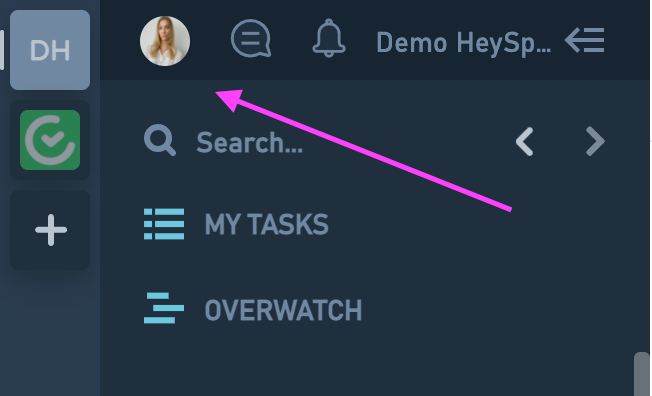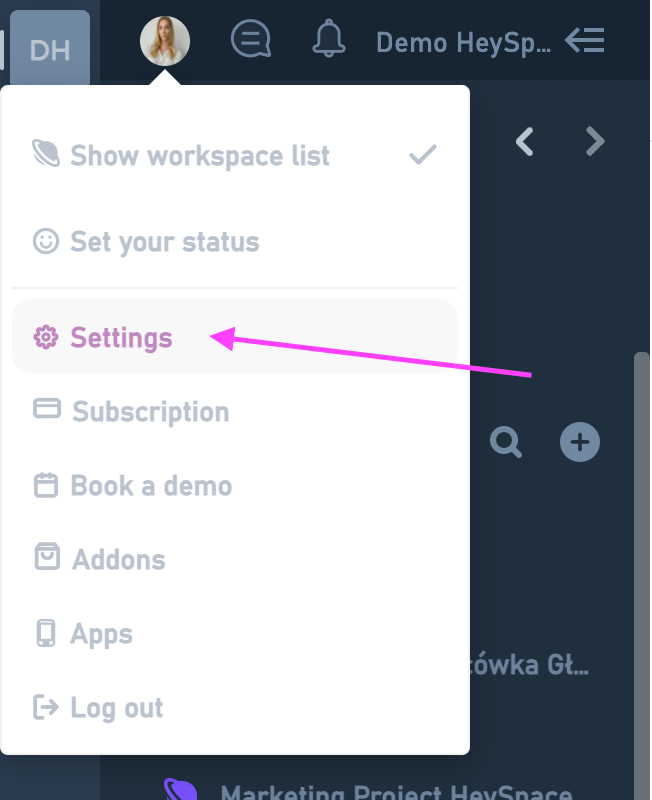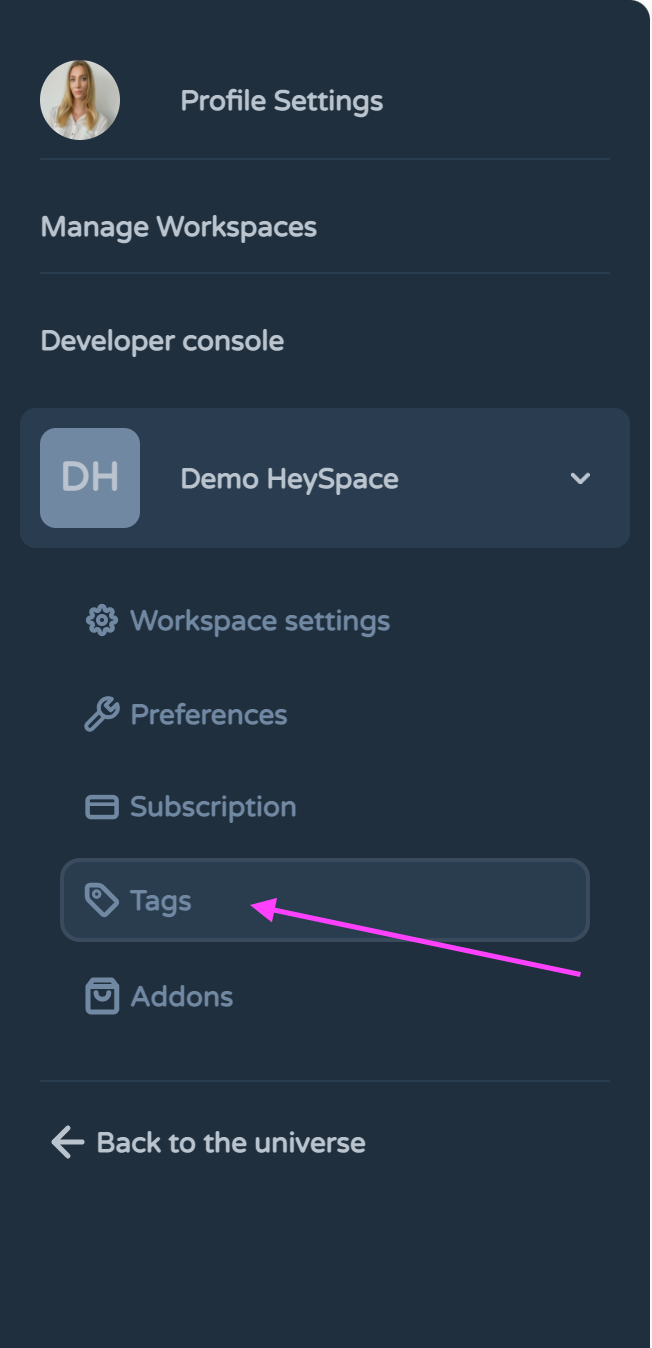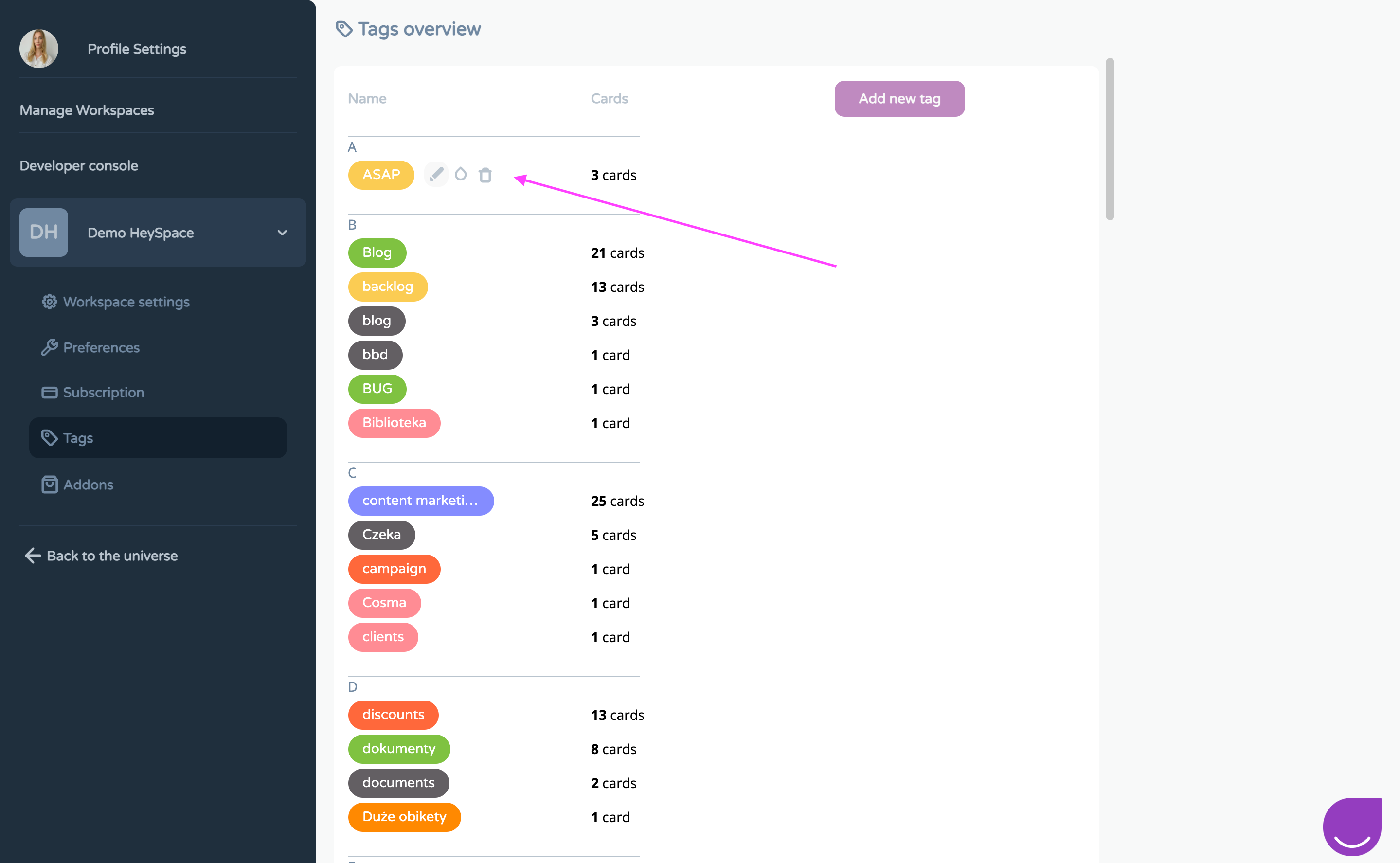Why We Need Tagging In Task Management System
-
Kate Borucka
- 2024-02-23
- 8 min read
iGood work organization requires clever solutions that will help you arrange everything that is happening. Hence the idea of using tags. These, however, are often confused as they may stand for two completely different solutions—tag management, used in project management to categorize tasks and work, and tag management system, a technology used for analytics tools and marketing technology.
Read our article and find out more!
Tagging in Task Management System
You may wonder what’s the big deal with tags and why you’d need them at all. This feature is available in many apps, yet people still don’t know why and how to use them. We’re going to introduce you to the world of tags and why they’re important.
What Is a Tag?
Before we dive into the intricacies of tag management, let’s clarify what a tag is. In various contexts, a “tag” can mean different things—in the realm of coding, it’s a piece of markup language used to define elements in a document; in social media and digital marketing tools, tags are keywords or phrases used to categorize content.

In project management, tags serve as labels or keywords that you can assign to tasks or projects. They’re handy for categorizing and organizing your workload. For example, you might use tags like “urgent,” “high-priority,” or specific project names. This helps streamline searches, filter tasks, and get a clearer picture of what needs your attention.
Use TimeCamp Planner to keep project management under control
Discover comprehensive features tailored for every stage of team collaboration.
What Is a Tag Management Solution?
A tag management system or tag management solution simplifies and centralizes the management of various tracking tags on a website. It makes it simpler to do all that stuff with tags—implement, categorize, organize, and maintain. A tag management system (TMS) is essential for first-party data collection (but also for third-party tags) and data management in an organization while helping to increase the quality of customer service.

In project management, tag management is a system that helps to organize projects in a clear way, improve transparency, and schedule effective workflow.
It’s important to know the distinction because sometimes, the tag management software can be part of your project management. Especially for the digital marketing team and if you’re using advanced marketing tools.
And whichever tag management you work with all are crucial for successful project management.
Tags in Project Management
Tags play a crucial role in project management because they help to organize and categorize tasks. They enhance collaboration, streamline workflows, and improve overall efficiency. Tags can have different purposes, and their usage may vary depending on your needs.
Here’s how a good tag management process can work and how it can help you improve your outcomes.
Organizing Tasks Efficiently
Teams of every size can leverage tags to categorize tasks based on priority, status, or project phase. This enables a quick overview of the project’s current state and assists team members in identifying their next steps.
Cross-Functional Collaboration
Using a method to collect data fosters collaboration among the team and different departments. A consistent tagging system allows you to share information seamlessly, breaking down work silos and promoting a more cohesive workflow.
Consistency is Key
Maintaining a consistent tagging system across the team ensures clarity and prevents confusion, enabling everyone to interpret tags in the same way. That improves communication and coordination.
Enhanced Project Visibility
A well-implemented tagging strategy contributes to improved project visibility. Teams can quickly track progress, identify bottlenecks, and foresee potential challenges. This leads to more informed decision-making.
Advanced Analytics and Reporting
Modern project management tools often provide analytics based on data collected. You can use each data layer to measure team performance, identify trends, and make adjustments to boost productivity.
Remember that the tag management system collects different types of data that can give you insight into every aspect of the project, company’s health, key KPIs, and employee efficiency.
Automation and Tagging
Rich automation features in project management tools can simplify the tagging process. This not only saves time but also ensures that tags are consistently applied, reducing the likelihood of human error.
And what’s more important, automation saves time and money.
Why Using Task Tags Is So Important?
Tagging is extremely important in any type of work. It doesn’t matter if you’re a project manager, CEO, or a team member. Here are the key benefits of tagging:
- It helps to categorize data.
- The team can clearly see the goals and objectives.
- There is no chaos in tasks and in the feed.
- It’s easy to find information—tags work like filters; they help you sort out unnecessary details.
- Tagging increases privacy controls and improves data governance.
- In support, a dedicated tag manager makes the customer experience more efficient by classifying and prioritizing customer data for better customer journey.
- It makes project management easier.
As you might have already noticed, using task tags in management system makes it easy for people to find what they’re looking for. They don’t have to check all dashboards, projects, tasks, or lists in search of their projects, but they can find what they need in seconds.

Also, task tags in management system system help to keep transparency and order in the team’s work, and by that, boost productivity. Additionally, if your organization uses tag management tools such as TimeCamp Planner, a task management app with chat features, it’s easier to collaborate and communicate.
And if you keep such information as clients’ data, invoices, or files in such a tool, you can quickly access it without the need to go through the entire software.
How to Use a Tag?
Using tags is a piece of cake and, in fact, it doesn’t need any special or magical knowledge. It’s so simple even kids can do it!
For the beginning, all you have to do is think about how you would name a new task tag that you will use in your organization, channel, or project, whatever it might be. Then create a tag with it.
It will enable people to easily find important information and organize their work. In almost every tag manager, you can choose the colors of tags and freely use the tag feature. In that way, you can determine the different colors for different projects/channels/tasks/etc.
Whenever you want to find a specific thing, you simply type the tag’s name, and voila! You get what you were looking for with a snap. It couldn’t be easier!
Don’t forget to set up a dedicated tag management space where you can access all the data and manage tags without any effort.
Tag Management Solutions: Examples of Use
Dynamic tag management enables quick and effective work, but how to use it in practice? How to make the customer experience easier or help in web analytics or digital marketer’s job? Find out examples of use:
1. Tag As The Main Project
You can create a specific tag for tagging tasks that are assigned to a bigger project. If, for example, you’re running a huge ad campaign for a chocolate brand, you can tag every task, like campaign time, campaign strategy, campaign graphics, etc., with the tag “chocolate campaign”.
2. Tag As a Task Priority
Name a few tags by the level of priority and use them to mark their importance. You can use tags like high priority, low priority, or non-priority. Or urgent, most urgent, important.
3. Tag As a Process
Create a special tag for processes like analysis of the consumer’s needs or recruitment. You can use tags as a skill, experience, or other important characteristics.
4. Tag As a Task Category
If you are managing a larger project, it’s really useful to create tags with categories. Use names like marketing, devs, sales, HR, or other tags and find what you are interested in faster.
5. Tag As a Client Name
When working with clients, it’s really important to be aware of who we are talking to or for whom we are making tasks. That’s why to make an order and prevent misunderstanding, you can create tags with your client or company’s name.
6. Tag As The Effort of The Task
Use tags to decide how big the task is and how much effort and resources would be required. Mark tags as days or users needed for a given task or project. You can do it however you like, only the sky is the limit.
Tag Management System in TimeCamp Planner
TimeCamp Planner, a collaboration software for teams, has been positively acclaimed by users and praised for its functional features. But it’s still in the intense process of development and there are many changes yet to come. One of them is the feature of tags. Find out how it works!
We are very open to feedback because our users’ opinion matters to us. And lots of you pointed out that the tool lacks tags. For many people, tagging in task management software is crucial, and the lack of this feature makes it more difficult to work productively.
And so we decided to implement it. It is extremely easy but tremendously enhances work. See how it works in 3 simple steps:
- To access the “Tags” section, you need to click your avatar (the lower left corner of the screen) and choose “Edit profile”.


-
Then, simply click “Tags” with a little symbol of a tag next to it.

-
Now, when you’re in the section, you can see various tags. They are put in alphabetical order. Here, you can do whatever you like with them – add new tags or remove them, change colors and names.

As simple as that! Now you can use tags to make work fast and smooth. And if you don’t know why and how to use them, keep reading this short guide on how and why to use tags.
If you haven’t yet, sign up for TimeCamp Planner to manage tasks with tags!
Should You Use Tags for Your Projects?
Whether you’re working as a freelancer, employee, or a project manager, it’s always a good idea to use tag managers.
You can create your own tag management systems by customizing all the tags the way you need for smooth team leading and project management. Having a structured process that can help you manage tags makes it easier to plan your work and prioritize tasks.
However, using tagging may sometimes pose some challenges:
- Implementation complexity: while powerful, implementing a tag management system can be complex, especially for larger projects with lots of dependencies.
- Training and adoption: teams need proper training to make the most of tagging and to avoid mistakes.
- Potential overload: over-tagging in project management can lead to confusion. You need to create a balanced tagging system.
- Limited scalability: as the project expands, it may become challenging to maintain a cohesive and consistent tagging system. Misinterpretation and misuse of tags in larger teams further exacerbate these limitations, emphasizing the need for a balanced integration of tags with other organizational tools for optimal project management.
Relying solely on tags in your projects can bring more harm than good. But with the right approach and a dedicated tool, it’ll automate your work and save time.
To Sum Up
Tagging in a task management system is really easy. Let your team use tags even if you don’t need it or like it. It will help them in their work. They will save time by simply typing the word or phrase in the tag’s search window. And what follows is a huge productivity boost!


